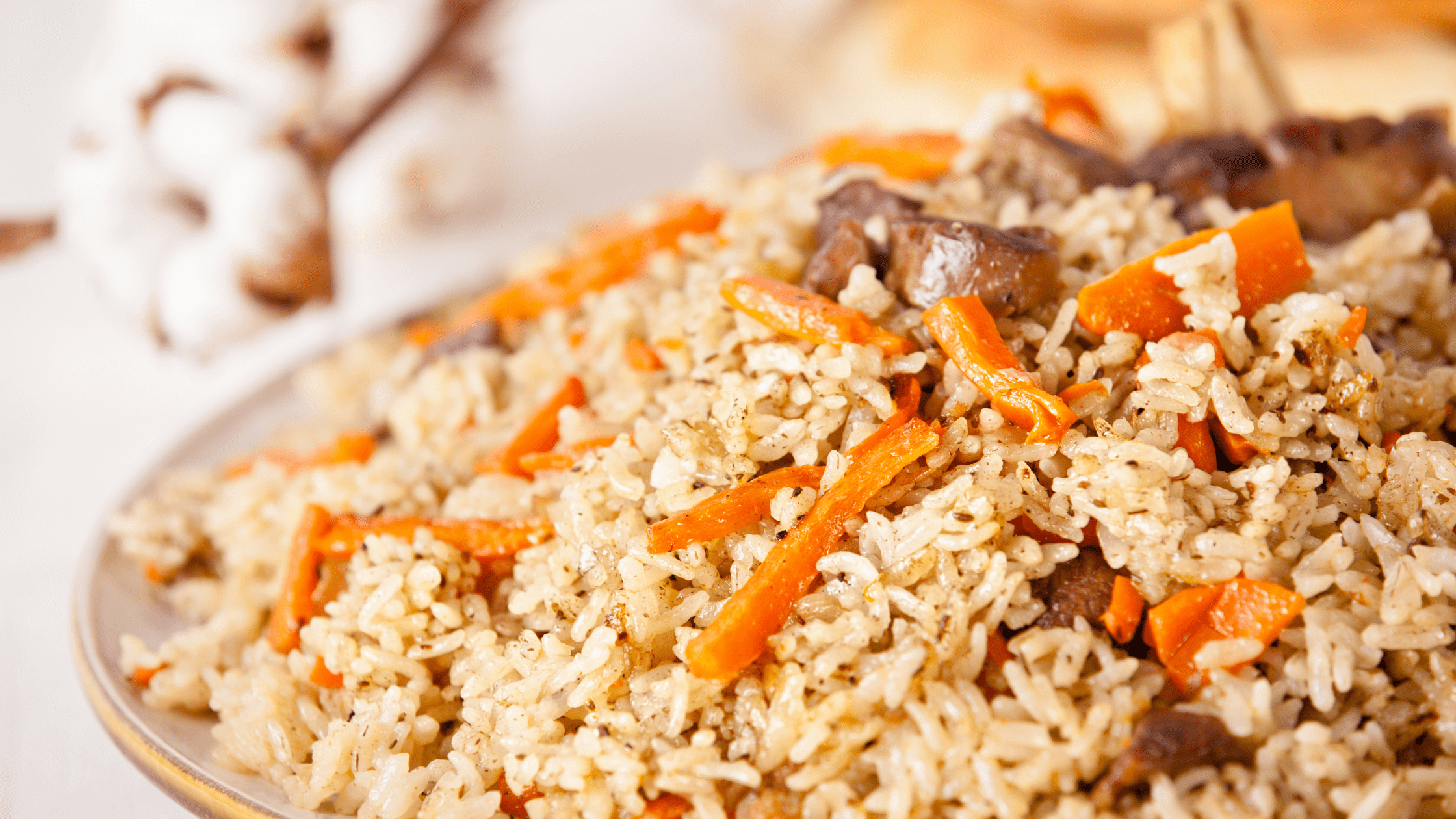Rice is a staple food for many of us, with countless ways to prepare it. Though each individual cook and dish has their personal take on the rice, rice can be boiled, baked, or put in a slow cooker. It can also be microwaved!
If you’ve never thought about cooking your rice in the microwave, then you have to read on!
A microwave is a great appliance for many kitchen tasks, but especially for cooking rice. Rice that has been microwaved can easily fool those who think it must be boiled or baked. The texture, consistency, and taste are all very similar. Just remember that microwaved rice has no steaming action, so the texture will be different from usually cooked rice.
How to cook rice in a microwave?
In a microwave, rice is best cooked using the “Rapid Steam” method. The “Rapid Steam” method is what microwaves are designed to do—they cook food quickly and keep it warm without drying out the food. This can be done with any type of rice, but brown rice or medium-grain rice requires extra attention to ensure that it does not burn.
Here’s how to do it:
1. Place rice in a microwavable container with a lid (Pyrex bowl, glass casserole dish, etc.) and add 1/2 a cup of water.
If you are cooking brown rice or medium grain rice, reduce the amount of water by 1/2 cup. For example, if you are cooking 1 cup of brown rice then add 3/4 cup of water instead.
2. Close the lid tightly and place it in the microwave for 8 minutes on high.
3. Open the lid and fluff the rice with a fork.
4. Place rice back in the microwave for 1 minute on high, and repeat the process until you reach your desired consistency of cooked rice.
5. You can also leave rice in the microwave for 30 minutes or until warmed through or if you are making rice to be eaten later.
Microwave cooking is very different from conventional cooking, so the texture of the rice may be different from what you are used to. Cooked rice will be slightly firmer and clingier than normal boiled rice, but it tastes almost the same! This is because microwaves cook food from within the container, not on top of it, causing food to heat up from all directions at once.
What are the benefits of cooking rice in a rice cooker?
There are many benefits of cooking rice in a microwave, but it is important to realise these benefits are not exactly the same as those of conventional methods. Cooking rice in a microwave is actually a lot easier than boiling or steaming in certain conditions.
1. Reheats well – Because microwaves cook food from within the container, reheat very well in comparison with conventional methods. Therefore, your microwave containers can be used repeatedly without losing much heat energy.
2. No need for soaking – Since microwaves cook food from within the container, there is no need to soak your rice as other methods do.
3. No need to stir – Since microwaves cook food from within the container, there is no need to stir rice in the microwave as other methods do.
4. Easier to clean and store – Microwave containers can be stored upside down in a sealable container with all their air vents easily open so they can still release heat even if you don’t seal them shut and upside down.
5. Less spillage – Since microwaves cook food from within the container, there is less spillage when pouring the hot rice into a bowl.
Tips on cooking rice in a microwave
1. Ensure that the rice is not overcooked (since microwaving creates steam, the temperature of your rice may rise too high and burn or stick to the container if you don’t adjust it properly).
2. Adding butter and spices can make the rice taste better.
3. Experiment with different types of rice, and remember to adjust cooking times: sticky rice cook faster than non-sticky rice, jasmine and basmati cook faster than brown or medium grain rice, and white rice cooks faster than brown or wild rice.
4. Never use metal when cooking rice in microwaves (metal bowls, spoons), as this can cause sparks, which could damage the microwave. Also, using a metal spoon on glass dishes can chip or scratch the dish if you are not careful, so always use wooden or plastic utensils when cooking in a microwave.
5. Avoid using cheaper plastic containers (plastic takeaway containers or other cheap disposable microwavable containers) as they tend to absorb the microwaves, damaging your microwave and creating strange odors in food – this is why we recommend using glass or ceramic dishes for cooking in a microwave.
6. Brown rice takes longer to cook than white rice, so give brown rice an extra minute or two more than white rice.
Conclusion:
Cooking rice in a microwave is the perfect alternative to boiling or steaming your rice, and it is a lot easier than these methods. You can cook white, brown, sticky, or wild rice, so there really is something for everyone’s taste. There are much easier ways to cook rice if you can’t handle the idea of microwaving your food or want to use an oven, but we found microwave cooking by far the best-tasting way to cook rice.


